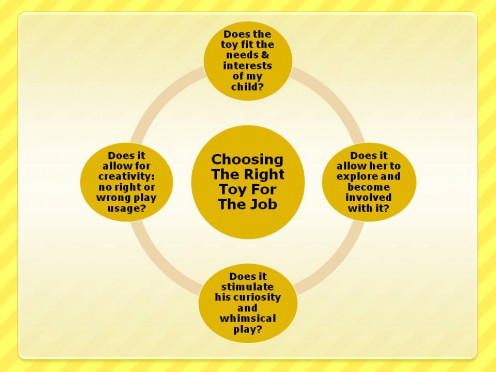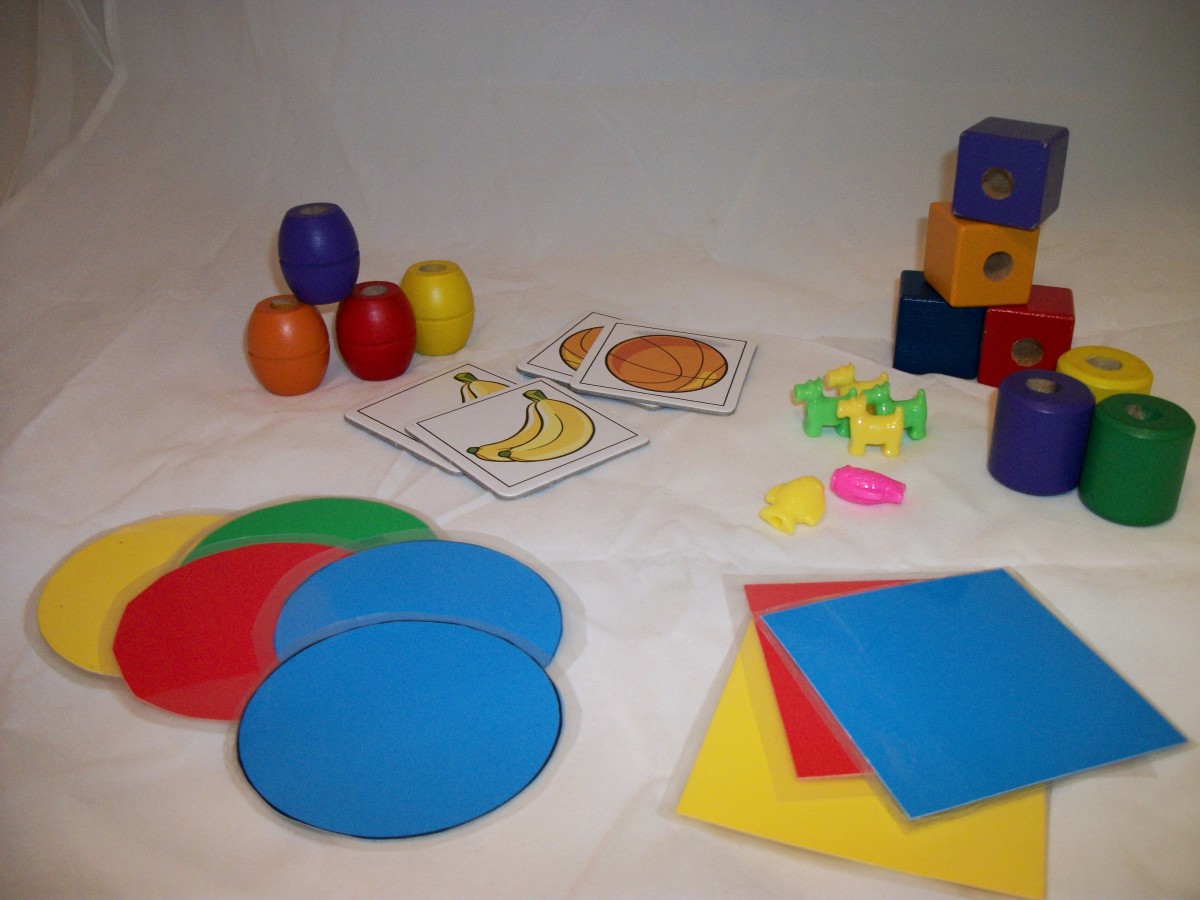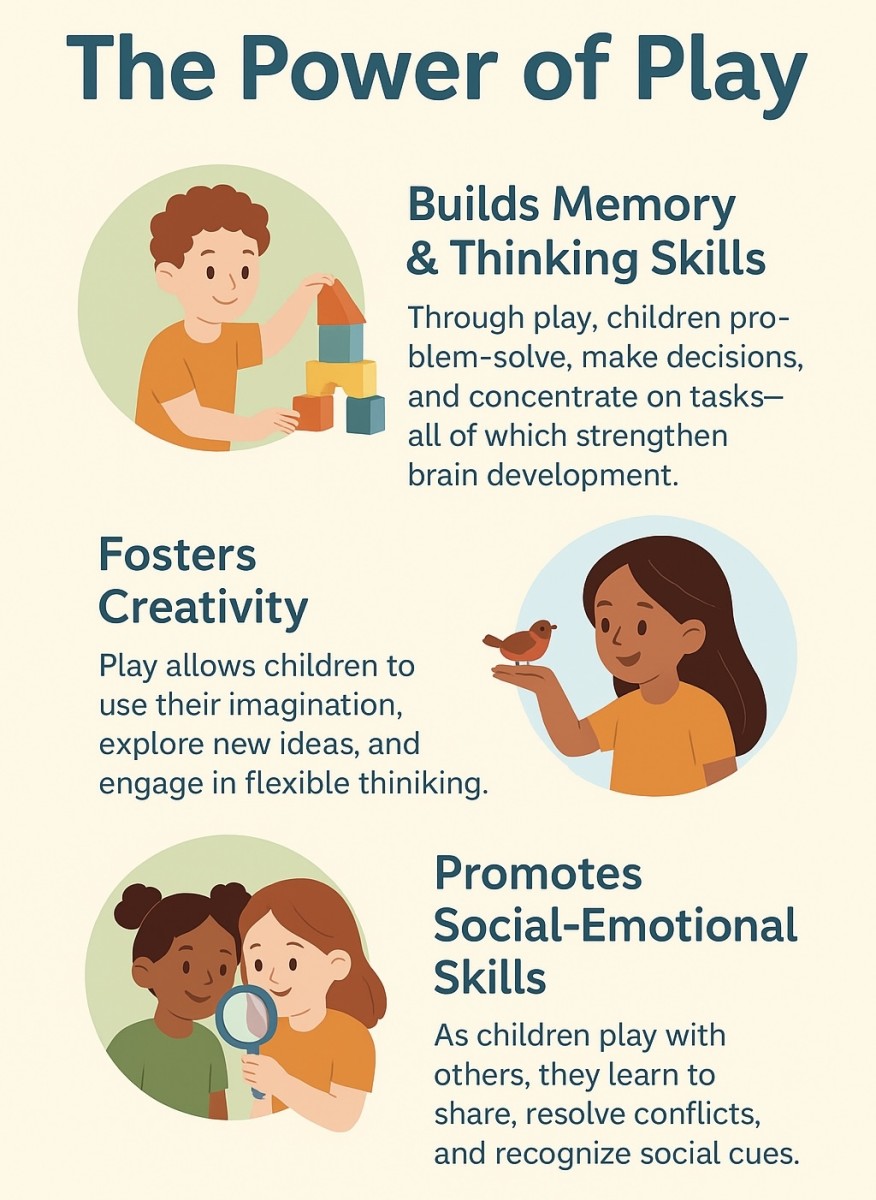How Does A Child's Play Relate To Having A Job?
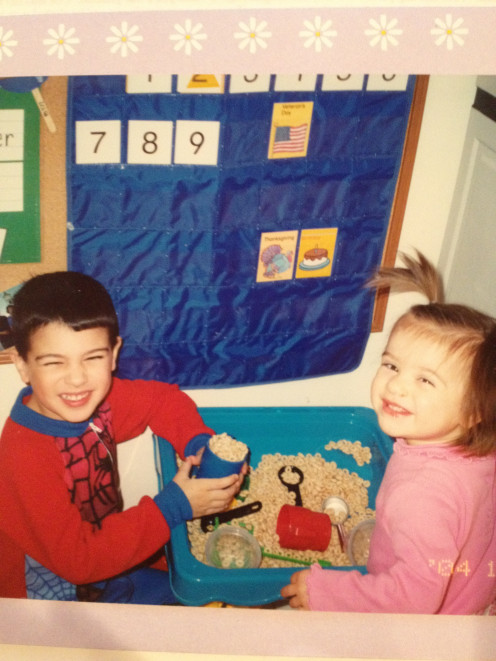
Play Is A Child's Job
As adults we spend most of our day working through problems to find solutions, and in the same manner a child will play to discover the answer to their questions (problems). It is their "job" during this stage of life. Play leads to developing those skills needed to read and write. It also sets the stage for a successful learning experience in school.
Picture a small child playing with water and a cup over a small bucket. The movements are repetitive; they will scoop up the water with the cup, tip the cup over and watch it slowly pour back into the bucket over and over again. Occasionally, they will pour the water over their hand and watch it slip through their fingers or they will splash the water to feel its coolness. It is a fun play activity but it is also the way a child learns.
Repetitive play allows your child to experience cause and effect, which is a valuable problem solving skill in understanding their environment. In this play activity, a child also learns about gravity, texture and sound.
Physical play is a basic mode of learning that helps a child to develop large motor skills and dexterity through running, jumping, climbing, crawling and stretching. When a child interacts with other children through play, the experience supports a healthy, positive emotional mindset, if it is positively guided. Through play, they work to understand rules, cooperation and negotiation skills.
They may be playing, but they are working hard to understand and learn life skills.
Stages of Play In Child Development
Solitary Play: Infancy through toddler age. Independent play where child plays alone with toys.
Parallel Play: Toddlers through Preschool age. Child plays side by side with other children, but does not become involved in group play.
Associative Play: Older Toddlers through Preschool age. Children playing with similar goals and toys but do not set play rules or organization.
Cooperative Play: Late Preschool age. Children play with each other in organized play and set goals. At least one child is the leader, defined play groups.
Onlooker Play: Late Toddler Age. Child who may watch play activities but does not engage in play with others.
Source: Health Of Children.com
Why Is A Child's Job Important?
The Encyclopedia of Children's Health defines play as the work of children. It consists of those activities performed for self-amusement that have behavioral, social, and psychomotor rewards. it is child-directed, and the rewards come from within the individual child; it is enjoyable and spontaneous. it is important to child development.
In today's world of high tech-toys, young children as early as two have access to pre-programmed play activities such as computers, ipads, and video games. They are fun, but they leave little for a child's imagination and creativity through play. Additionally, it sets a child up to experience competitive play and failure at an early age. This is not age appropriate as it tends to lead to frustration, feelings of inferiority and a lack of self-confidence.
Play should should allow a child the freedom to explore, to make decisions, to express their feelings in a positive way. Play should be whimsical and without restraints and should support a child's growth and development. If an activity does not promote positive emotional, social, physical and cognitive development it is not contributing to the healthy well-being of a child.
How To Understand Your Child's Job (Play)
Item
| Description
| Activity
|
|---|---|---|
Interact
| Adult and child play together, the adult is not just observing play
| Rolling balls back and forth, do a puzzle, dance
|
Observe
| Determine play skill level by watching child's preference in activities
| Does the child prefer to play quietly? Play with others? Do they like active play such as climbing or jumping?
|
Follow
| Play at the child's level. Join them but let her/him be in control and lead the play activity.
| Jump up and down with them. Follow their lead on how much to jump. Do they want to jump in circles or just hop?
|
Creativity
| Allow child to play creatively with toys. Follow along.
| Is the stuffed bear a policeman to them? Pretend it is and play along. Do they want to use the brush to splatter paint on the canvas? Join in.
|
Source: Community Playthings, Learning Through Play, D. Elkind, PhD
|
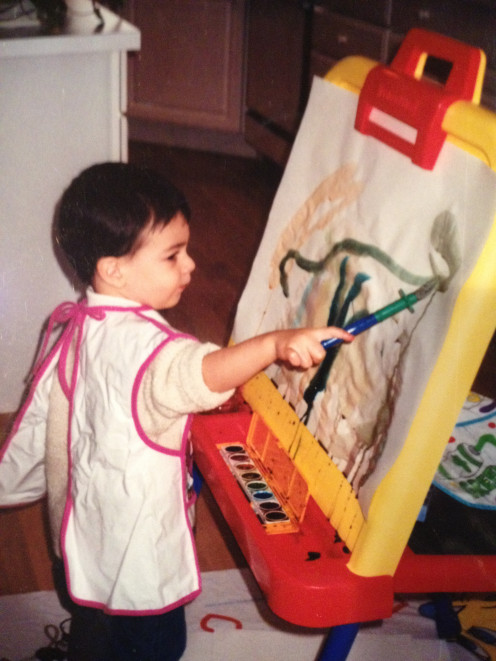
Child's Play Is An Important Job/Learning Opportunity
Making A Child's Job A Fun Learning Experience
Parents can provide play activities that stimulate learning leading to physical, emotional, social, moral, and cognitive development. Through self-created experience, children satisfy their curiosity through exploration, but also begin to establish academic learning. For example, a child building a tower with simple blocks will discover classification and counting (cardinal and ordinal numbers). The following suggestions are creative forms of play for children that encompass either physical, expressive, manipulative (objects), symbolic or dramatic play categories.
- Physical: Hide & Seek, Tag, Red-Rover, Simon Says
- Expressive: Water Color, Finger Paint, Crayons, Markers, Clay, Rhythm instruments, Shaving Cream
- Manipulative: Puzzles, Blocks, Shapes, Toy cars, small dolls, dressing boards, spools & laces, books
- Symbolic: Role play with toys, i.e., pretend to play mommy or daddy with dolls
- Dramatic: Pots, pans, dishes, cash register, hats, shoes, tote bags, wigs, baskets, calculators
Parents should play with children when possible to create a strong relationship between parent and child. While playing with your child, ask them open-ended questions to challenge creative thinking and build problem solving skills. Remember that the play activity and toys must be age appropriate. In other words, the play must fit the child's play level and interest. Allow your child to guide your play time together, this will help him or her to learn decision making and give them some sense of control. Above all, have fun!
© Copyright, Dianna Mendez (Teaches12345), 2012
How To Choose Toys That Stimulate Learning
